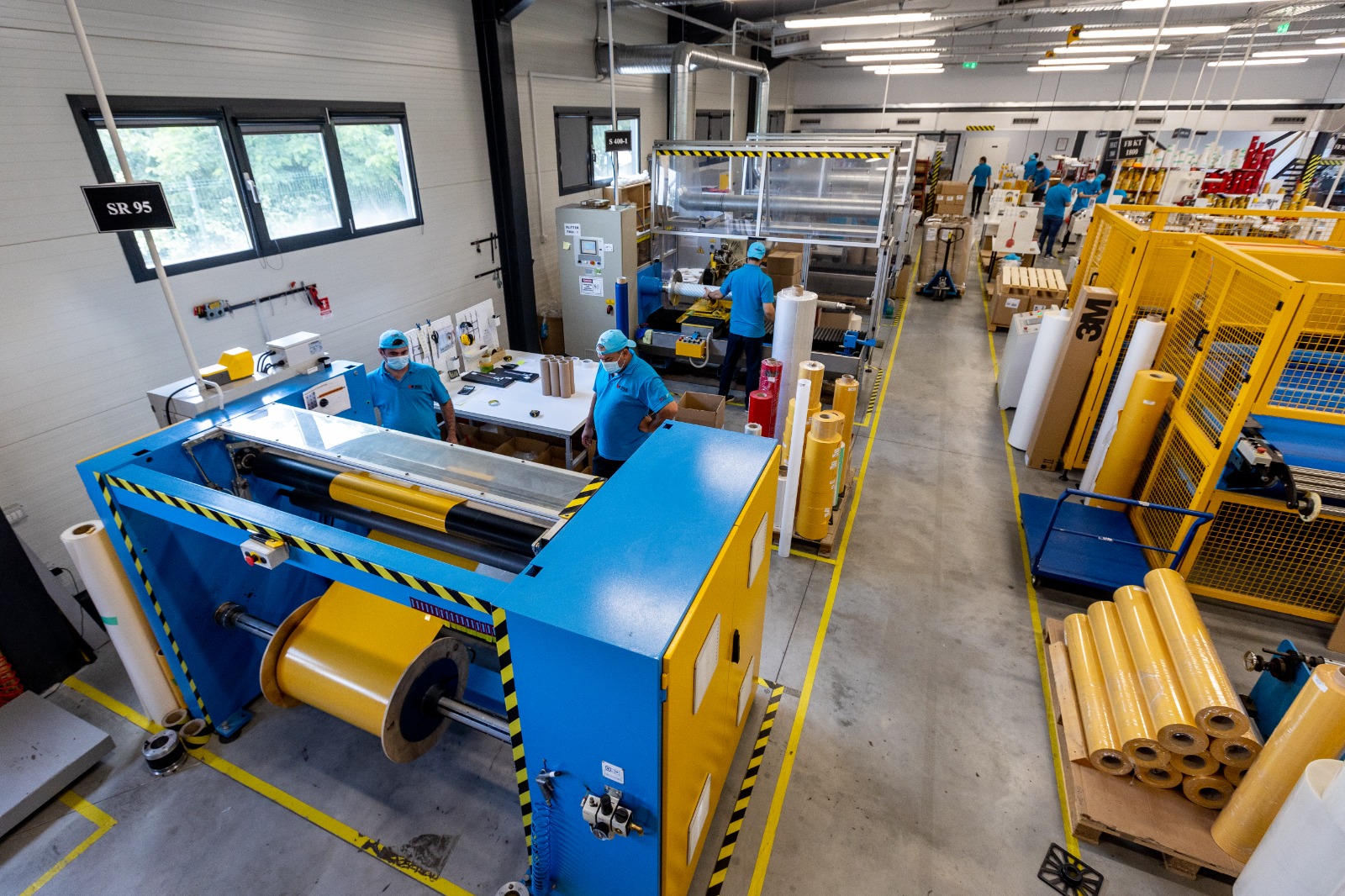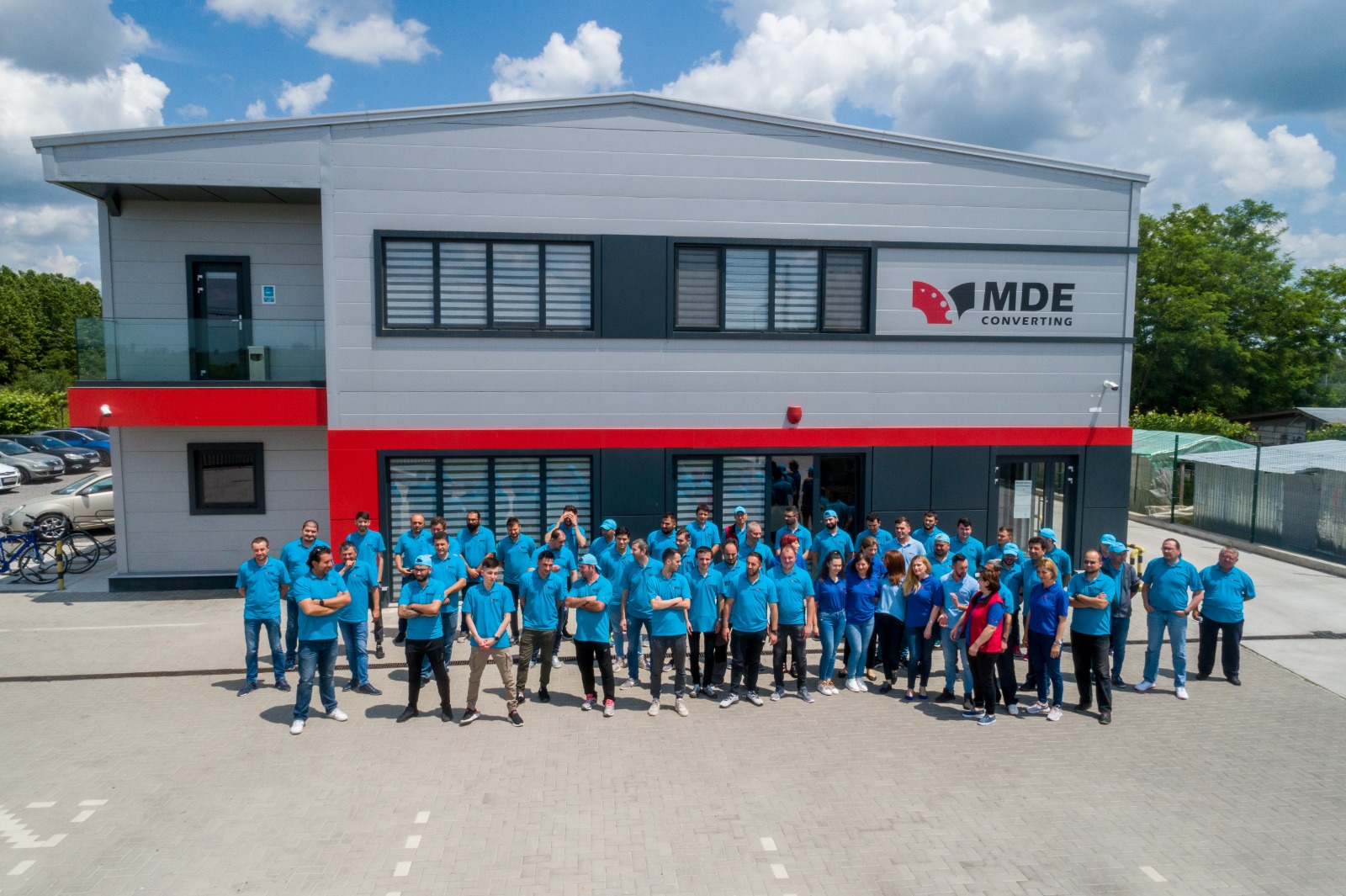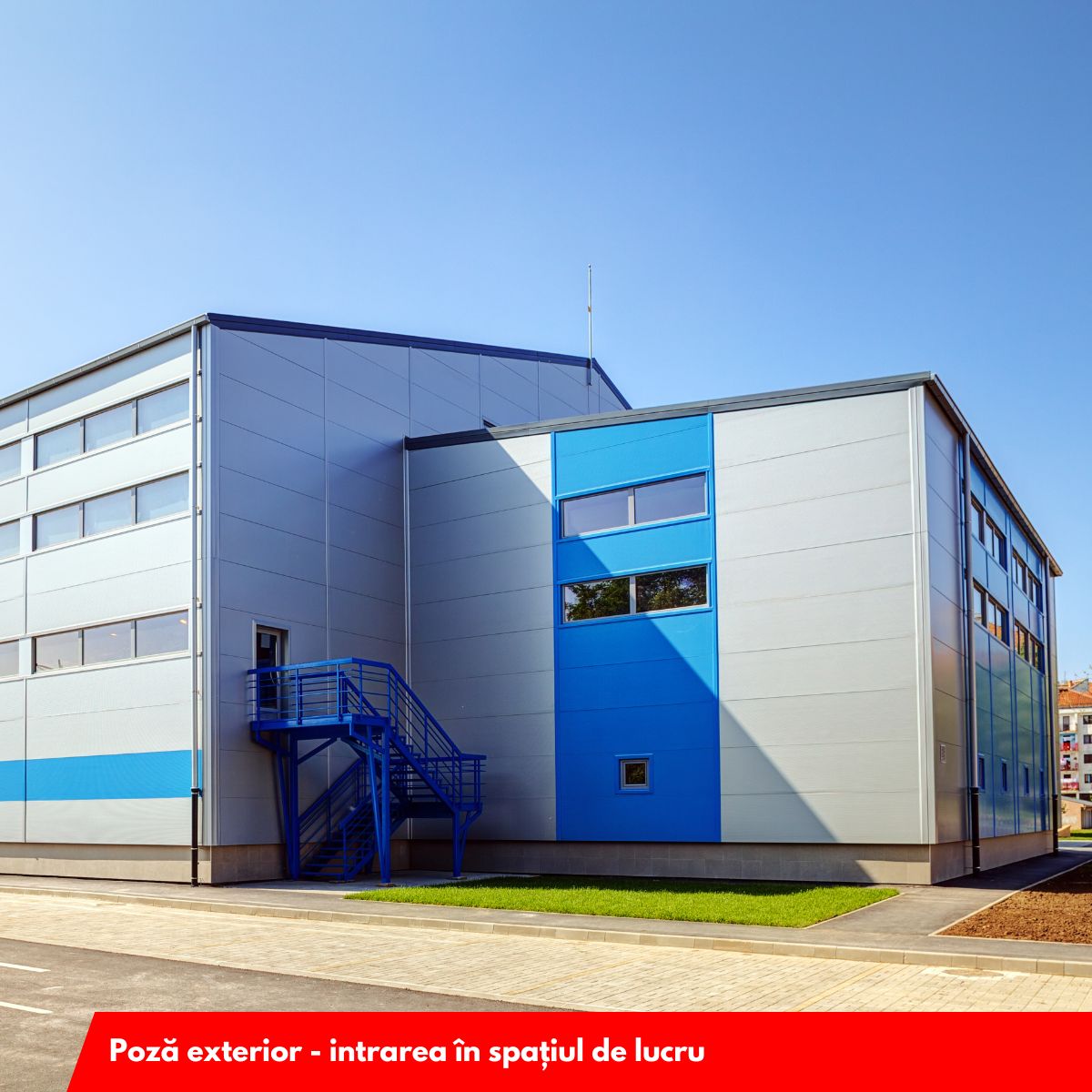When working on a project or application, we pay attention to every step we take. Choosing the right materials is a very important step, as is choosing the right cutting technology. However, in addition to these, testing and validating the developed solutions plays an essential role.
The industries we support come with specific challenges and needs. Whether it's components exposed to extreme conditions, sensitive electronic systems, or parts subject to constant vibration. Many other examples could be added to this list. For each of them, we must design a suitable solution that we verify with great precision.
Why it is essential to test components
Behind every high-performance product lies a set of industrial operations and parts without which it could not be brought to market. Another contributing factor is that every product must be tested. Similarly, the parts we manufacture involve complex operations, but most importantly, they are rigorously tested.
By testing, we mean:
- Verification of mechanical characteristics
- Checking resistance to variable temperatures
- Checking how the adhesive reacts to various factors
The components created through conversion are designed to solve specific problems or challenges. As a result, we ensure that this role will be fulfilled, and we can do this by performing checks. Through the analyses we perform, we can find out exactly whether what we have achieved meets the application requirements.
Testing brings many other advantages. It allows us to identify in a timely manner whether there are any problems, whether changes need to be made, or whether we can deliver solutions to our partners. At the same time, through this stage, we comply with the quality standards specific to various industries.
How do we know that the parts will stand the test of time
When we talk about an industrial product or a part that will be integrated into a technical assembly, we are talking about compliance with strict specifications. It is not just a matter of good performance at the outset, but of maintaining performance throughout the entire service life. This is where our ability to validate the component we have created comes into play.
By validation, we mean a stage in which we expose the manufactured parts to real operating conditions. They are exposed to repeated temperature cycles, humidity variations, and mechanical stress. The results we obtain will show us whether or not the parts are ready for actual use.
Here is what we aim to achieve through validation:
- How the elements behave when used repeatedly
- Dimensional and functional stability
- Compatibility with other components in a technical assembly
For us, it is essential that every prototype created goes through this stage. Only then can we ensure that the parts we build will fulfill their intended role in real-world conditions. In addition, this is a way for our partners to be certain that what we create is truly effective.
What impact do these stages have on the outcome
Regardless of the type of project, these stages have a direct impact on its success. They can provide assurance that the manufacturer has carried them out correctly, the company has integrated them well into its operations, and the user can obtain a high-performance product. In practice, a bridge based on trust is created between all stages of the production chain.
Any defect that may seem minor at first glance has the potential to cause major consequences. It can lead to production line stoppages, high repair costs, and even loss of customer confidence. MDE Converting helps its partners avoid these risks and keep their processes as stable as possible.
The impact is visible even in terms of competitiveness on the market. Products that have been tested and validated streamline production, which leads to an increase in the quality of the final products. This, in turn, can strengthen the company's reputation on the market. Thus, these stages prove their importance in many ways.
We develop solutions and build trust
Our team understands how important it is that every component delivered is of the highest quality. Because we want to offer this to all our partners, we take an approach based on rigorous testing and validation of each part under real-world conditions. This approach gives our partners the assurance that their solutions are built to last.
In today's industrial world, margins for error are increasingly small and competition is fierce. Therefore, it is essential to collaborate with a key partner, a specialist who supports companies' objectives and helps them remain competitive in the long term.



